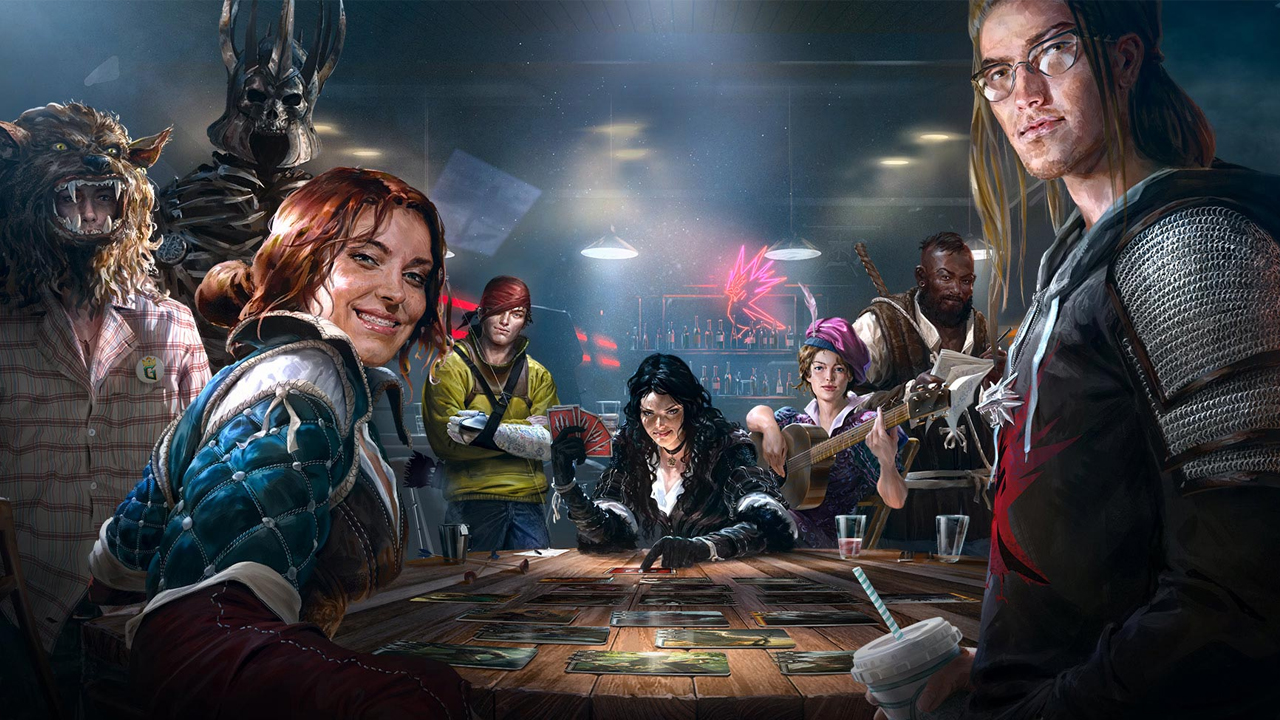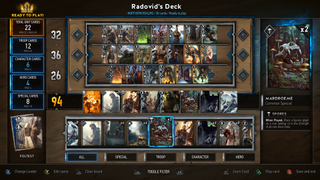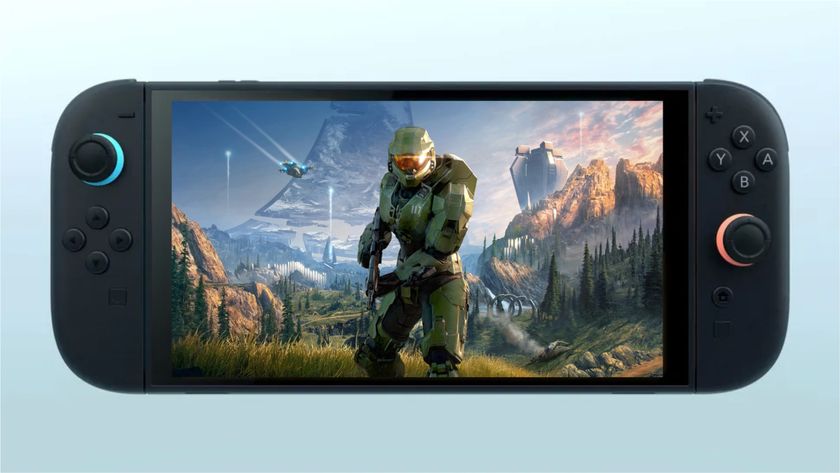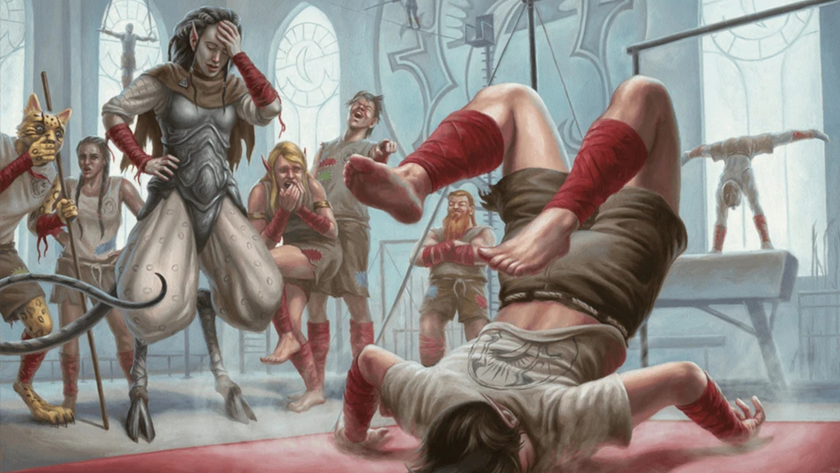Gwent and Legends are smart to bet on solo play

I was an obsessive Hearthstone player for about one year. About three expansions in, though, my enthusiasm flagged. There were so many powerful new cards, and everybody I squared off against in multiplayer seemed to have all of them within a day of release. It got too hard to keep up with the players who were treating Hearthstone as a semi-professional experience rather than a fun way to spend an hour or two. After enough 10-game losing streaks, it stopped being fun.
So even though I still think Hearthstone is an excellent game, I don’t really play it anymore. Yes, Blizzard has released updates aimed at addressing the power creep and bringing back the players who got turned off by it. But my experience does make me wonder about this digital card game model. When I and so many other players wind up choosing to not make a big investment of time and/or money to stick with Hearthstone, is it really free-to-play? At what point does it become pay-to-win? And where on that spectrum will Gwent and Elder Scrolls: Legends – the hotly anticipated card games from CD Projekt and Bethesda – fall?
For both of the new titles, the focus on a single-player campaign makes me think that they might just avoid the pay-to-win pitfalls. Hearthstone experimented with this approach to gameplay in releasing small batches of new cards, but these ‘adventures’, as Blizzard dubbed them, always felt secondary to the ranked ladder play against other humans. From how the studios are pitching them, it seems like the single-player stories of Gwent and Legends could go a long way toward keeping players interested when multiplayer gets to be a downer.
The video introducing Legends’ single-player campaign focuses on choice and consequence. It’s not clear at this stage how the card mechanics will tie in with the story, but it’s possible that Bethesda will design the campaign for high replayability so one person can see all the different outcomes. Legends is also taking a page from Magic: The Gathering in its use of color-coded card traits and decks will be composed mostly of one or two card colors. Perhaps there will be options to replay the full story with different deck types, just as the die-hard fans will replay Skyrim on multiple characters with different specs.
We’ve got a bit more detail about Gwent’s solo experience, and so far it also points toward more casual-friendly mechanics. First off, it will roll out in episodes. Spacing out the solo content gives players time to explore other games in the interim or to grind multiplayer matches for more cards if they choose. Second, choice and consequence are again the phrase of the hour. The Witcher 3, where Gwent was originally just a minigame within the massive RPG, has drawn legions of fans for its storytelling prowess and gameplay options. It’s likely that, as with Legends, the creators may be envisioning an experience that can be replayed for alternate endings.
The real key to whether any game feels free-to-play or pay-to-win is how you acquire resources; in this case, that’s the cards for your collection. All we know about Legends is that cards can be bought in-game or earned by playing, but no word from Bethesda yet on what the specifics of that system will look like. CD Projekt, on the other hand, has its own ideas for how it wants to approach this free-to-play space, starting by giving players some control over what they receive in card packs. Each pack will first offer a choice of three cards, which can let players focus their deck-building more than the average CCG. The remaining four cards in a pack will be random. That’s a small change, but one that could be enough for players to feel more regularly satisfied with how their collection grows.

The advent of extensive, well-executed single-player options in this genre offers a place to rack up some wins and cards. It’s a way to stay connected to the game when multiplayer matches feel like a chore (there’s a reason Hearthstone pros call it “ladder grind” after all). Both studios making these new free-to-play card games are known for innovation. They’re not going to throw together a haphazard card game just because it’s the current hotness. They’re going to make intentional and intelligent choices that improve the existing model. If Hearthstone was the first to show just how good a digital CCG can be, then I hope this next wave will prove that the games can be good and fun for a long time.
Sign up to the 12DOVE Newsletter
Weekly digests, tales from the communities you love, and more

Anna is a freelance writer who has written for the likes of GamesRadar, Ars Technica, Blizzard Watch, and Mashable. She's also created games as part of various game jams. Anna likes games about solving puzzles and/or shooting things. She wishes she could trade zingers with GLaDOS and have beers with Garrus Vakarian in real life.

Former Nintendo marketing leads say the Wii U flopped so bad that getting third-party support on Switch was "really hard," but the Switch 2 marks a new era: "There's no more proving yourself"

The Baldur's Gate 3-themed Stardew Valley mod that Larian boss Swen Vincke called "amazing" gets DMCA'd by D&D publisher Wizards of the Coast










